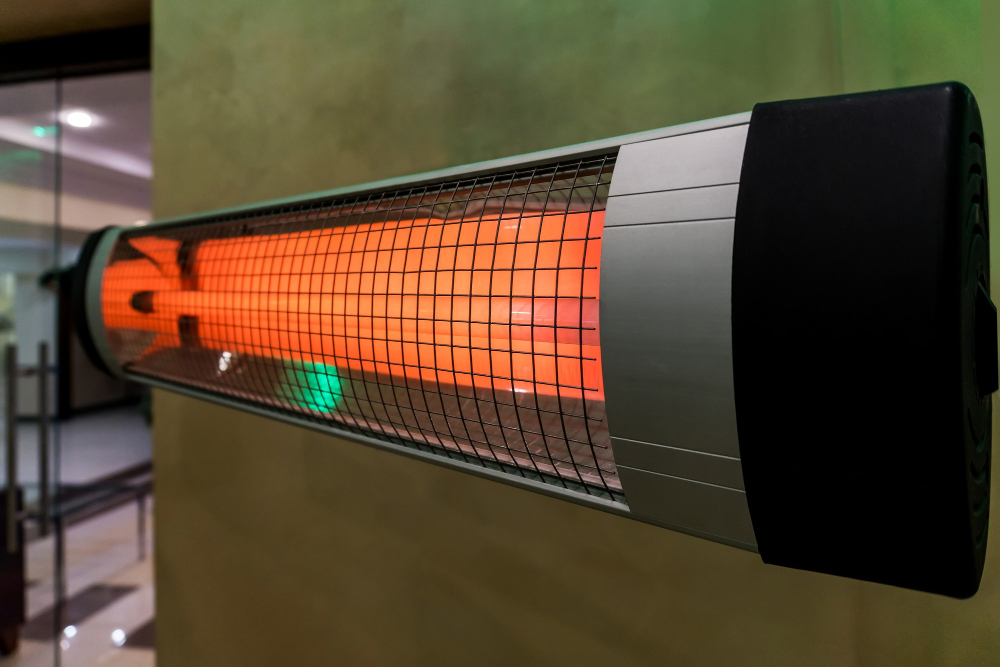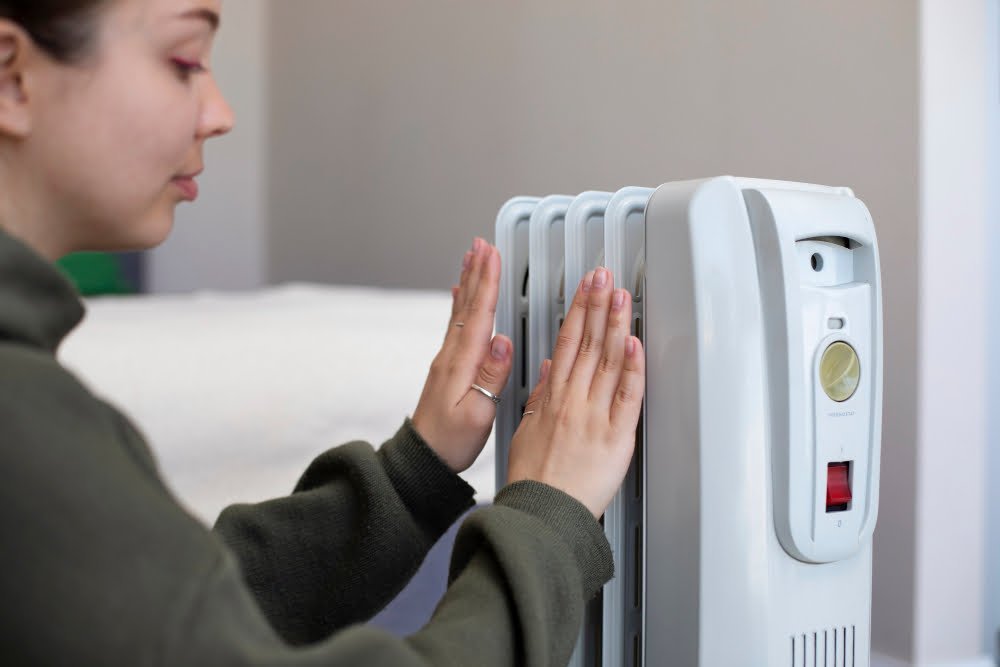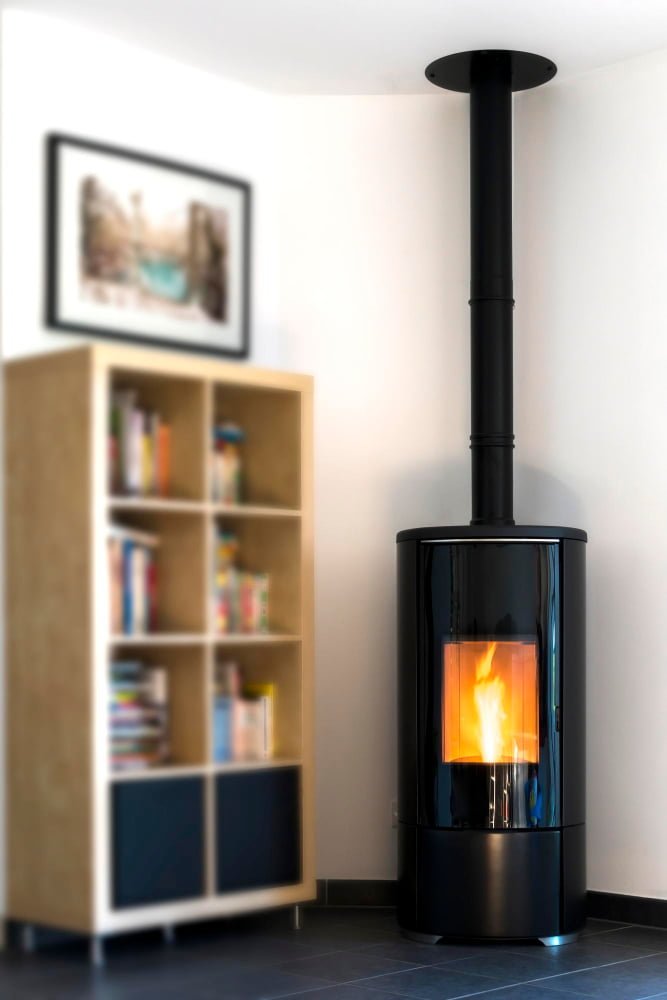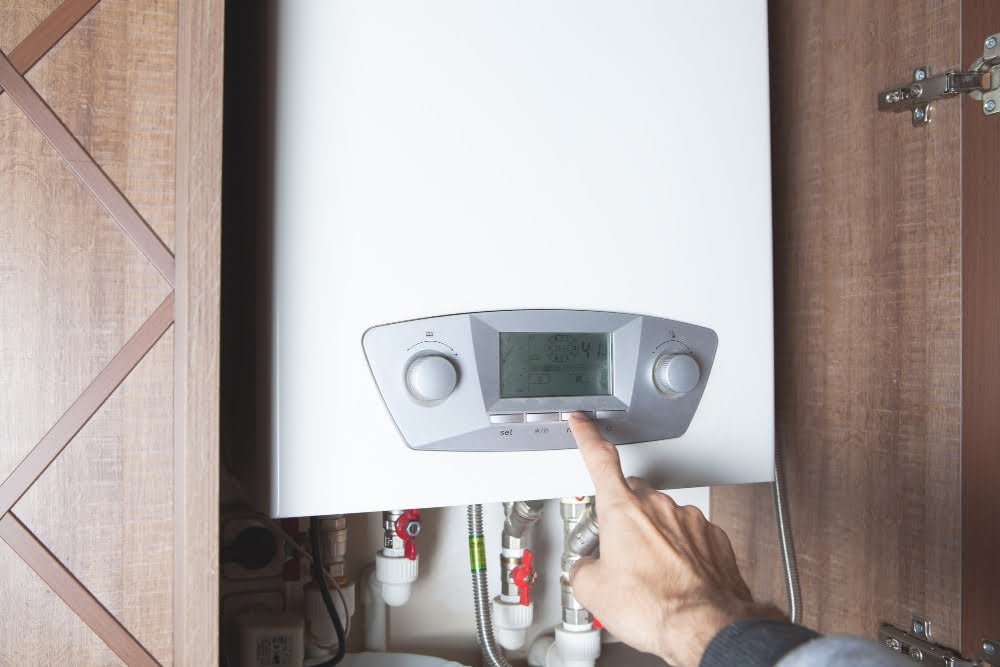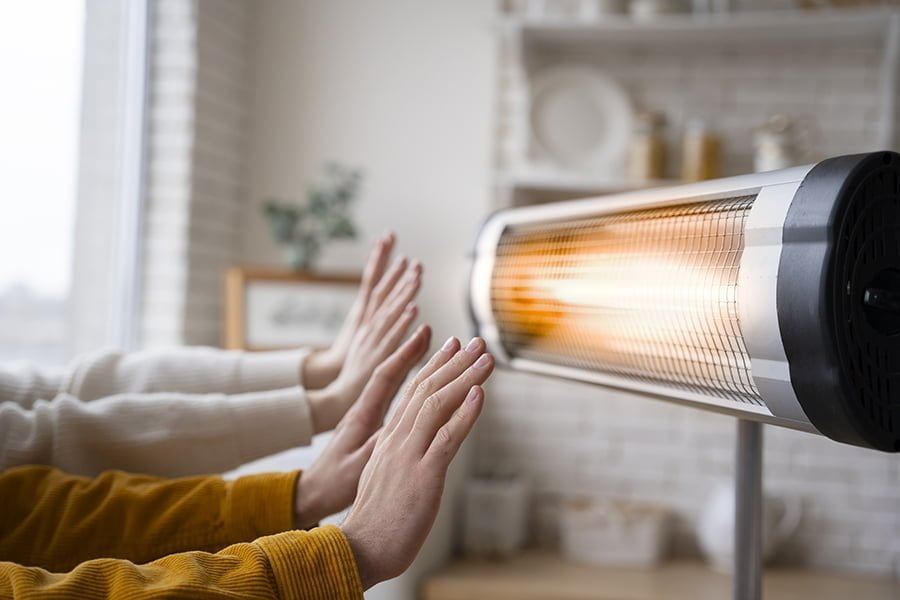Last updated on
Explore the world of eco-friendly and cost-effective alternatives to oil heating in our latest blog post, where we unveil the top solutions for a sustainable and warm home.
Are you tired of the high cost of oil heating? Are you looking for alternative ways to keep your home warm and cozy without breaking the bank? Well, you’re in luck! In this article, we’ll explore some creative alternatives to traditional oil heating that will not only save you money but also add a unique touch to your home decor. From eco-friendly options like solar and geothermal energy to more rustic options like wood-burning stoves and fireplaces, we’ve got you covered.
So sit back, relax, and let’s dive into the world of alternative heating solutions!
Environmental Impact of Oil Heating

However, it’s important to consider the environmental impact of this type of heating system. Burning oil releases harmful pollutants into the air, contributing to poor air quality and climate change.
In fact, according to the Environmental Protection Agency (EPA), residential oil heat is responsible for 2% of all greenhouse gas emissions in the United States.
Oil spills during transportation or storage can have devastating effects on wildlife and ecosystems. The risk of an accidental spill is always present when dealing with large quantities of petroleum products.
Fortunately, there are alternative options that are much more environmentally friendly than traditional oil heating systems.
Pros and Cons of Oil Heating
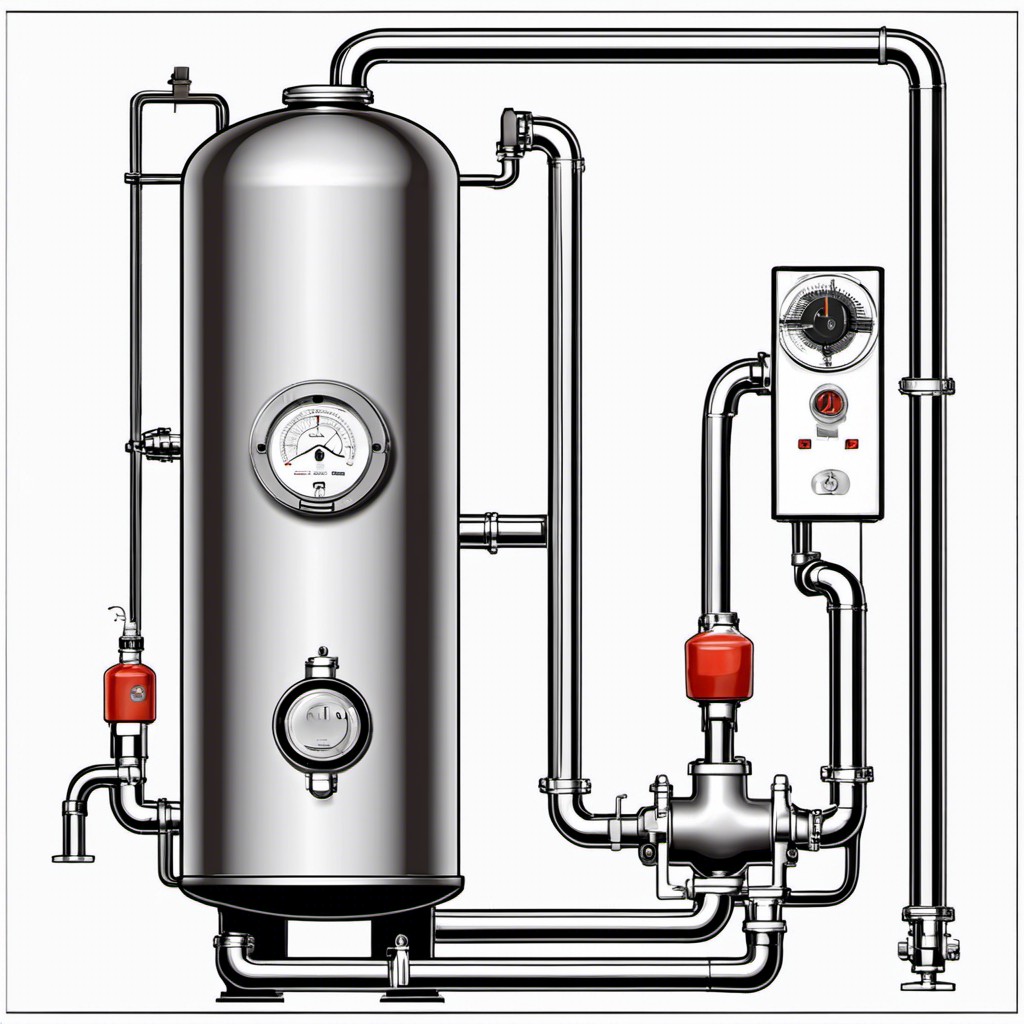
However, it also comes with some drawbacks that are worth considering before making a decision.
One of the main advantages of oil heating is that it provides consistent warmth throughout your home. Unlike electric heaters, which can be expensive to run in larger spaces, oil heating systems can heat up large areas quickly without breaking the bank.
Another benefit is that oil tanks have a long lifespan and require minimal maintenance compared to other types of fuel storage systems. If you live in an area where natural gas or propane isn’t available as an option for home heating, then oil may be your only viable alternative.
On the downside though, there are several cons associated with using oil as your primary source of heat. Firstly, it’s not environmentally friendly since burning fossil fuels releases harmful greenhouse gases into the atmosphere contributing significantly to climate change.
Secondly, oil prices fluctuate frequently depending on global supply and demand factors; this makes budgeting difficult because you never know how much money will need each month. Lastly, oil furnaces tend to break down more often than other types like electric or gas-powered ones leading higher repair costs over time.
Why Consider Alternatives

The cost of oil can fluctuate greatly, making it difficult to budget for heating expenses. Burning oil releases harmful pollutants into the air and contributes to climate change.
That’s why considering alternatives is so important. Not only do alternative heating solutions offer a more sustainable and eco-friendly option, but they can also save you money in the long run.
By exploring different options like electric or geothermal systems or even wood-burning stoves and fireplaces, you’ll be able to find an alternative that fits your lifestyle and budget while reducing your carbon footprint.
Electric Heating Systems
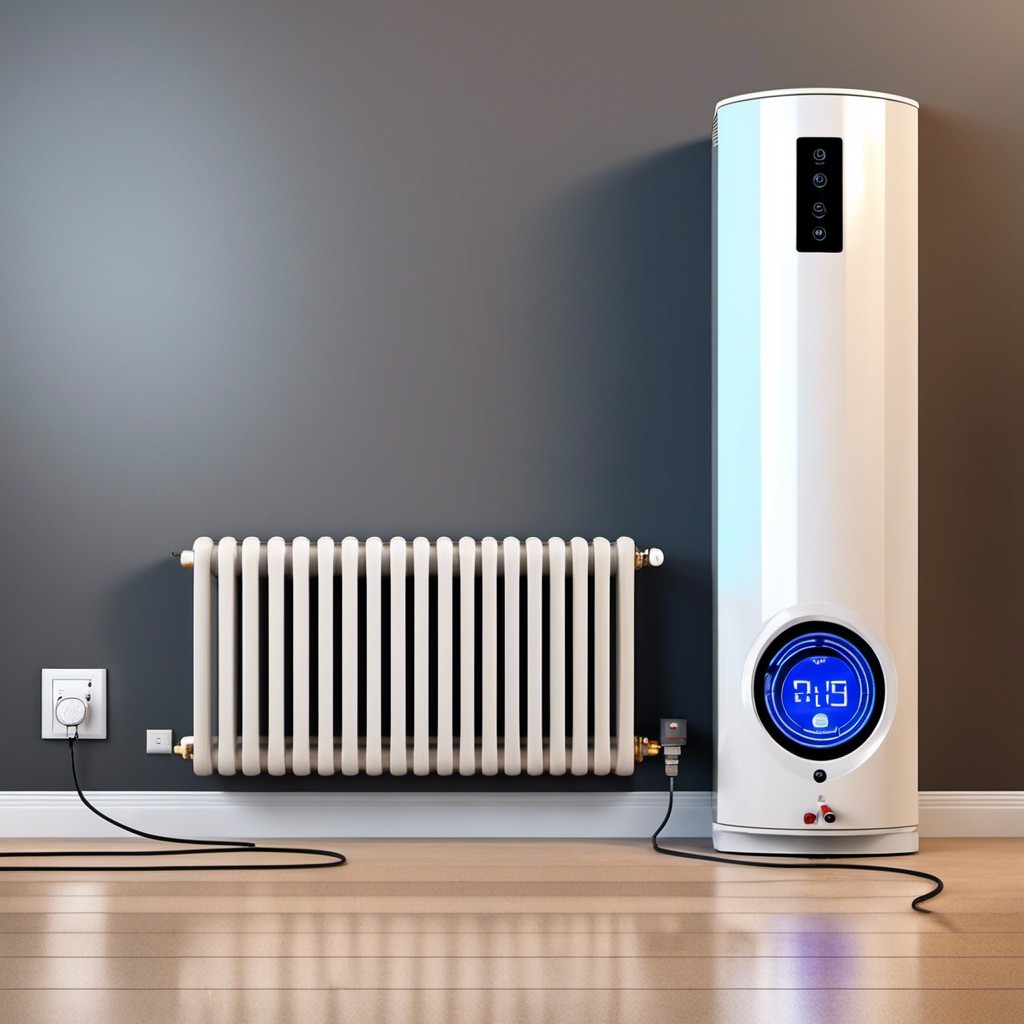
They are easy to install, require minimal maintenance, and can be very cost-effective in certain situations. Electric heaters come in many different forms such as baseboard heaters or wall-mounted units that can be controlled by a thermostat.
One of the biggest advantages of electric heating is its efficiency. Unlike oil furnaces which lose heat through ducts or chimneys, electric heaters convert all the energy they consume into heat for your home.
This means you get more bang for your buck when it comes to energy consumption.
Another advantage is their versatility – they can be used as primary or supplemental sources of heat depending on your needs and preferences. For example, if you live in an area with mild winters where temperatures rarely drop below freezing point then an electric heater may suffice as a primary source of warmth.
However, it’s important to note that electricity rates vary widely across regions so before investing in an electric system make sure you research local prices first.
Geothermal Heating Systems

These systems work by circulating water through pipes buried deep in the ground, where temperatures remain constant year-round. The water absorbs heat from the earth and is then pumped back into your home, where it can be used for radiant floor heating or forced air systems.
One of the biggest advantages of geothermal heating is its energy efficiency. According to Energy.gov, these systems can save homeowners up to 70% on their utility bills compared with traditional oil-based heaters.
Geothermal units have a lifespan of up to 25 years and require minimal maintenance.
While installation costs for a geothermal system may be higher than other alternatives initially (around $20k-$30k), government incentives and tax credits are available that can offset some or all of these expenses over time.
Solar Heating Solutions
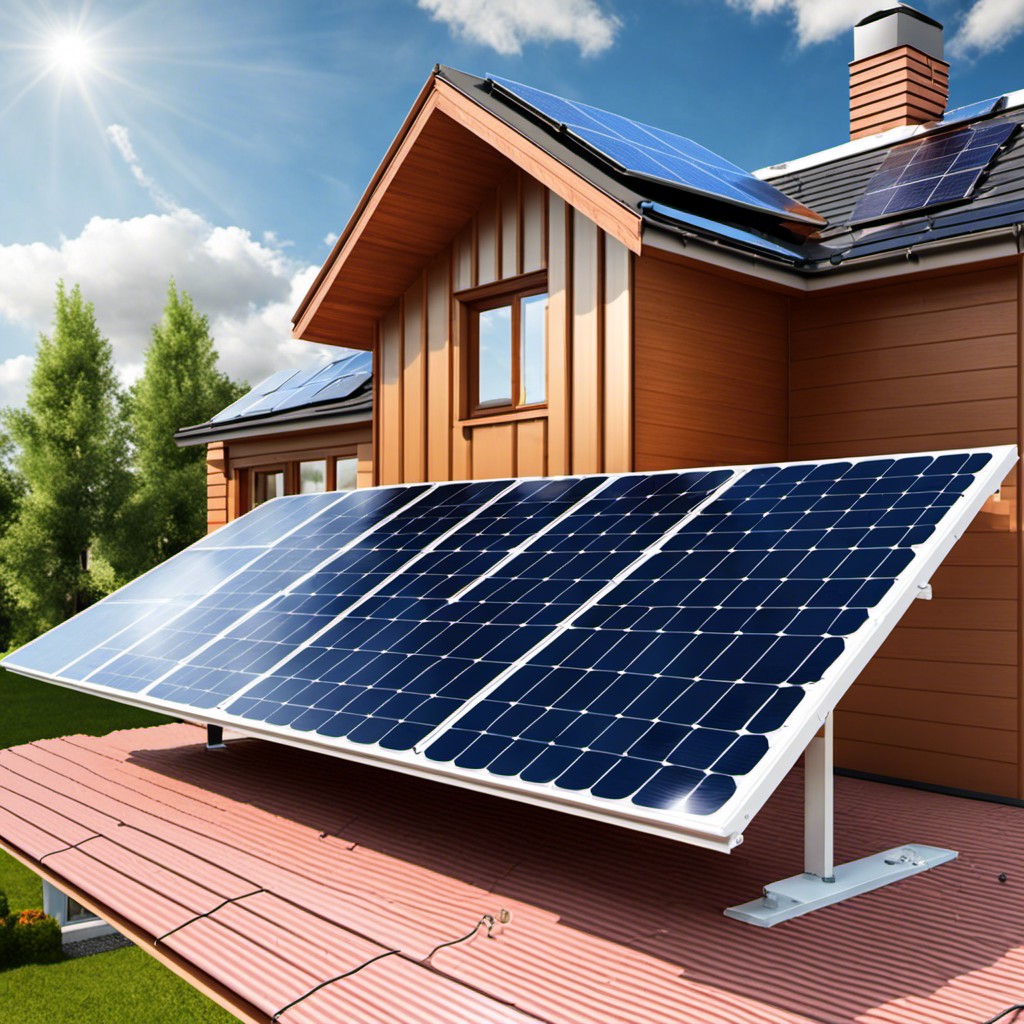
Solar panels can be installed on the roof of your home, where they absorb sunlight and convert it into heat that is then distributed throughout your house via a radiant floor or forced-air system.
One of the biggest advantages of solar heating systems is that they require very little maintenance once installed. They also have a long lifespan, with most systems lasting up to 25 years or more.
Many states offer tax incentives for homeowners who install solar panels in their homes.
However, there are some downsides to consider when it comes to solar heating solutions. The initial cost can be quite high compared to other alternatives like natural gas or propane heaters.
Also, if you live in an area with limited sunlight during certain times of the year (such as winter), you may need additional backup sources for heat.
Natural Gas Heating Systems
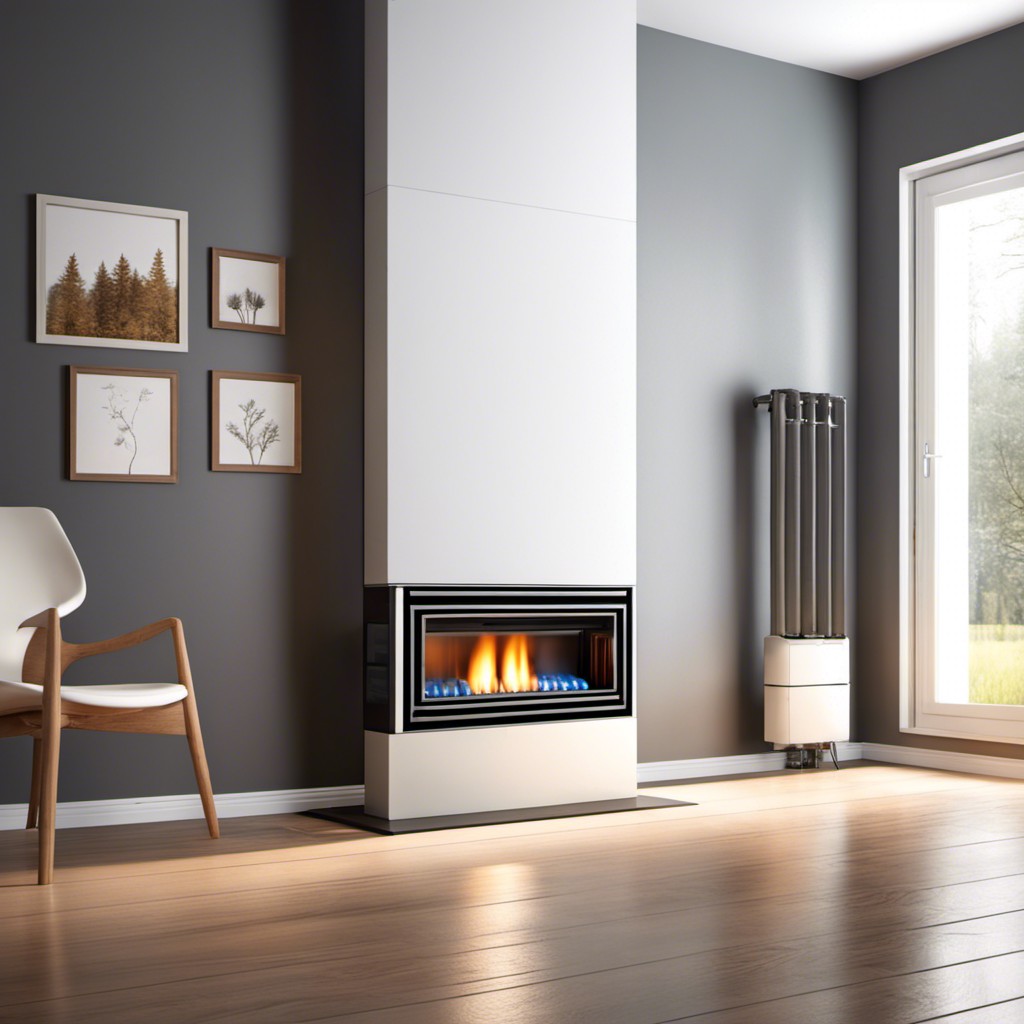
Natural gas is a fossil fuel that burns cleaner than oil, producing fewer emissions and pollutants. It’s also more cost-effective than oil in many areas, making it an attractive option for homeowners looking to save money on their heating bills.
Natural gas can be used in a variety of ways to heat your home, including furnaces and boilers. Furnaces blow hot air through ducts while boilers use water or steam radiators to distribute heat throughout the house.
One thing to keep in mind when considering natural gas as an alternative is that not all homes have access to natural gas lines. If you live in a rural area or outside of city limits, you may need propane instead.
If you have access to natural gas lines and want a cleaner-burning fuel source with lower costs compared with traditional oil heating systems then consider switching over!
Propane Heating Options
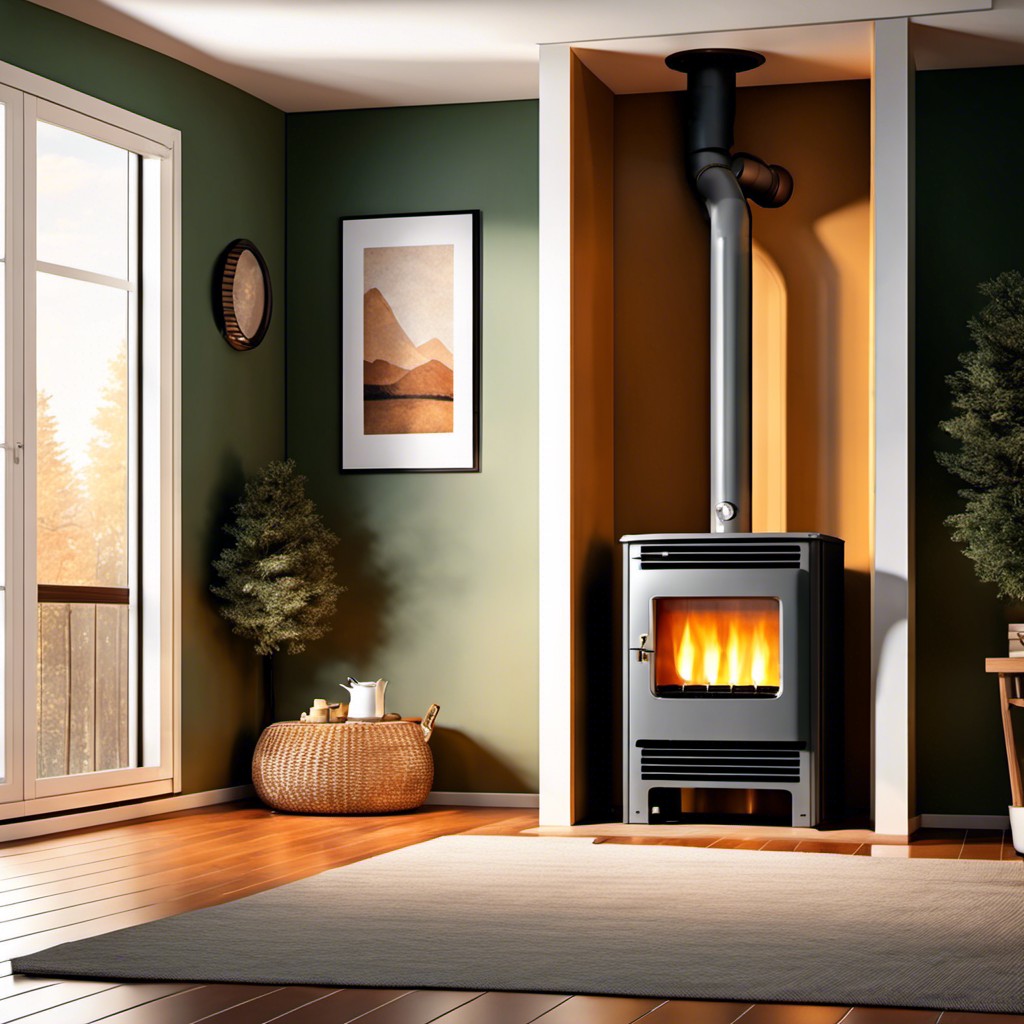
Propane is a clean-burning fuel that emits fewer greenhouse gases than oil, making it an eco-friendly option for homeowners. It’s also more efficient than electric heat and can be used in a variety of ways, including furnaces, boilers, and water heaters.
One of the biggest advantages of propane heating systems is their versatility. They can be used both indoors and outdoors for space or water heating purposes.
Propane tanks are easy to install on your property as they come in various sizes depending on your needs.
Another advantage of propane heat is its affordability compared to other alternatives like geothermal or solar energy systems which require significant upfront investment costs before you start seeing any savings from them.
However, there are some downsides to consider when using propane as well such as the need for regular maintenance checks due to potential leaks or malfunctions that could lead up into dangerous situations if not addressed promptly by professionals who know how these systems work inside out!.
Wood and Pellet Stoves
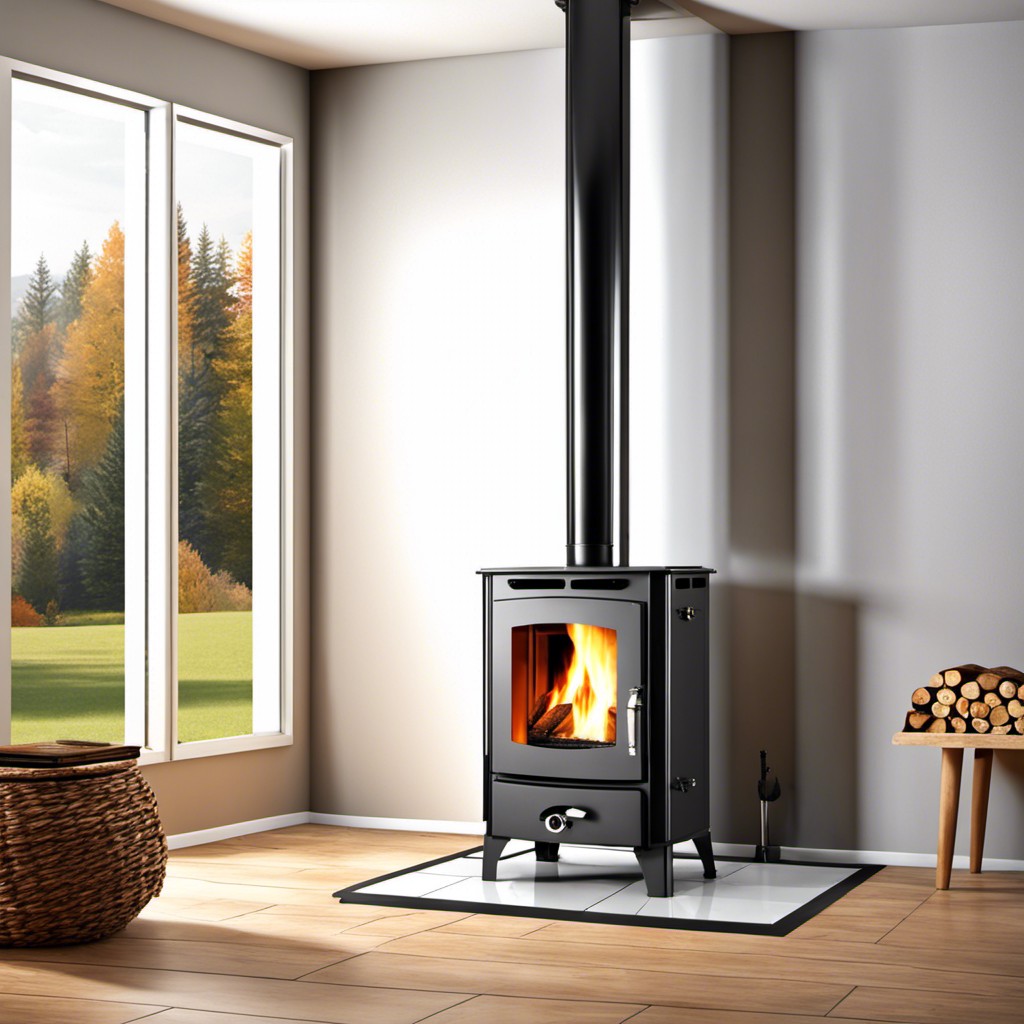
These stoves use renewable resources and can be incredibly efficient when used correctly. Wood-burning stoves have been around for centuries, but modern designs have made them more efficient than ever before.
Pellet stoves are another option that uses compressed sawdust or other biomass materials as fuel. They require electricity to operate the auger that feeds pellets into the stove, but they produce less ash than wood-burning options.
Both types of stoves require proper installation and maintenance to ensure safety and efficiency. It’s important to follow manufacturer instructions carefully when installing a stove or hiring a professional installer if you’re not confident in your abilities.
Wood and pellet stoves can be an excellent choice for those looking for an eco-friendly heating solution with rustic charm.
Heat Pumps
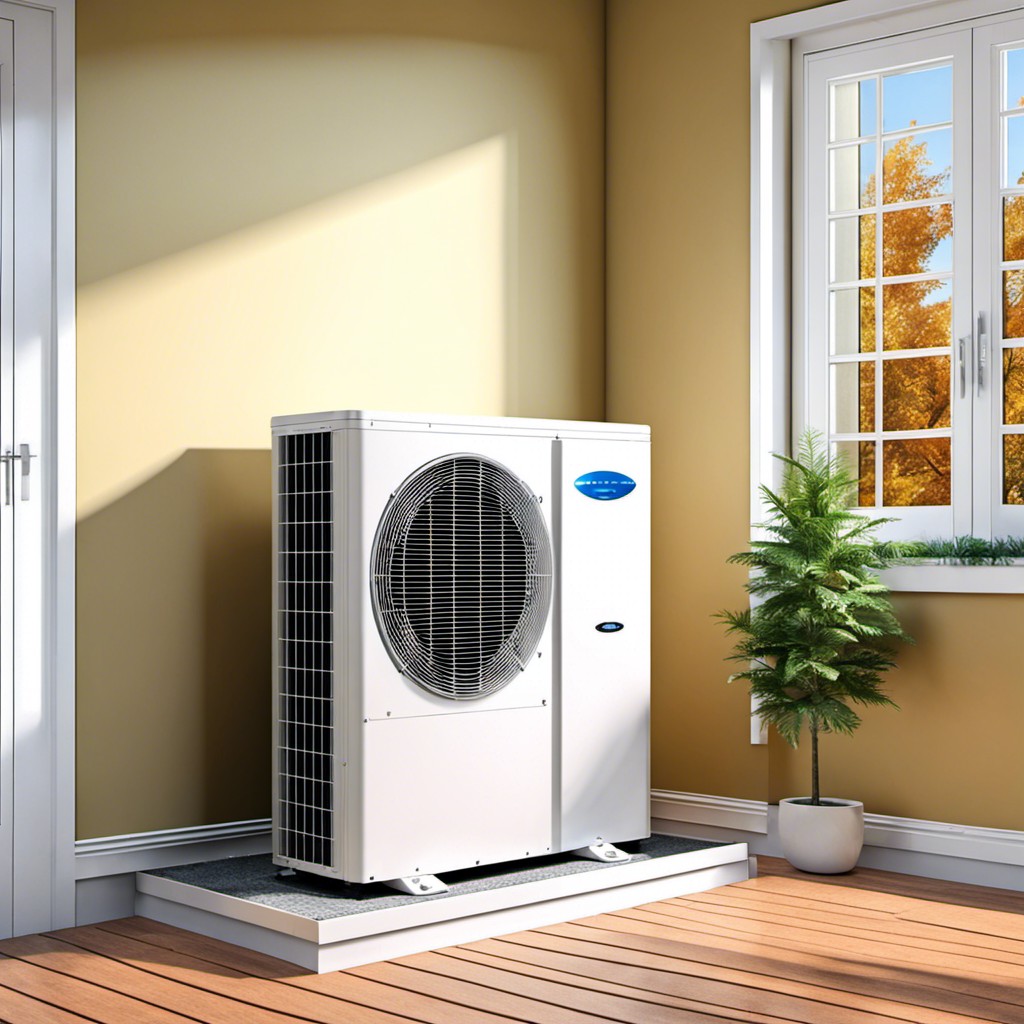
They work by extracting heat from the air or ground outside your home and transferring it inside, providing an efficient way to keep your home warm without relying on fossil fuels. Heat pumps come in two main types: air-source and ground-source (also known as geothermal).
Air-source heat pumps are more common because they’re easier to install and less expensive than their geothermal counterparts. They work best in moderate climates where temperatures don’t drop too low during winter months.
Ground-source heat pumps use pipes buried underground that extract warmth from the earth’s natural temperature, which remains relatively constant year-round. While these systems can be more expensive upfront due to installation costs, they offer greater efficiency in colder climates.
Both types of heat pump systems require electricity but use significantly less energy than traditional oil heating methods resulting in lower utility bills over time.
Cold Climate Heat Pumps
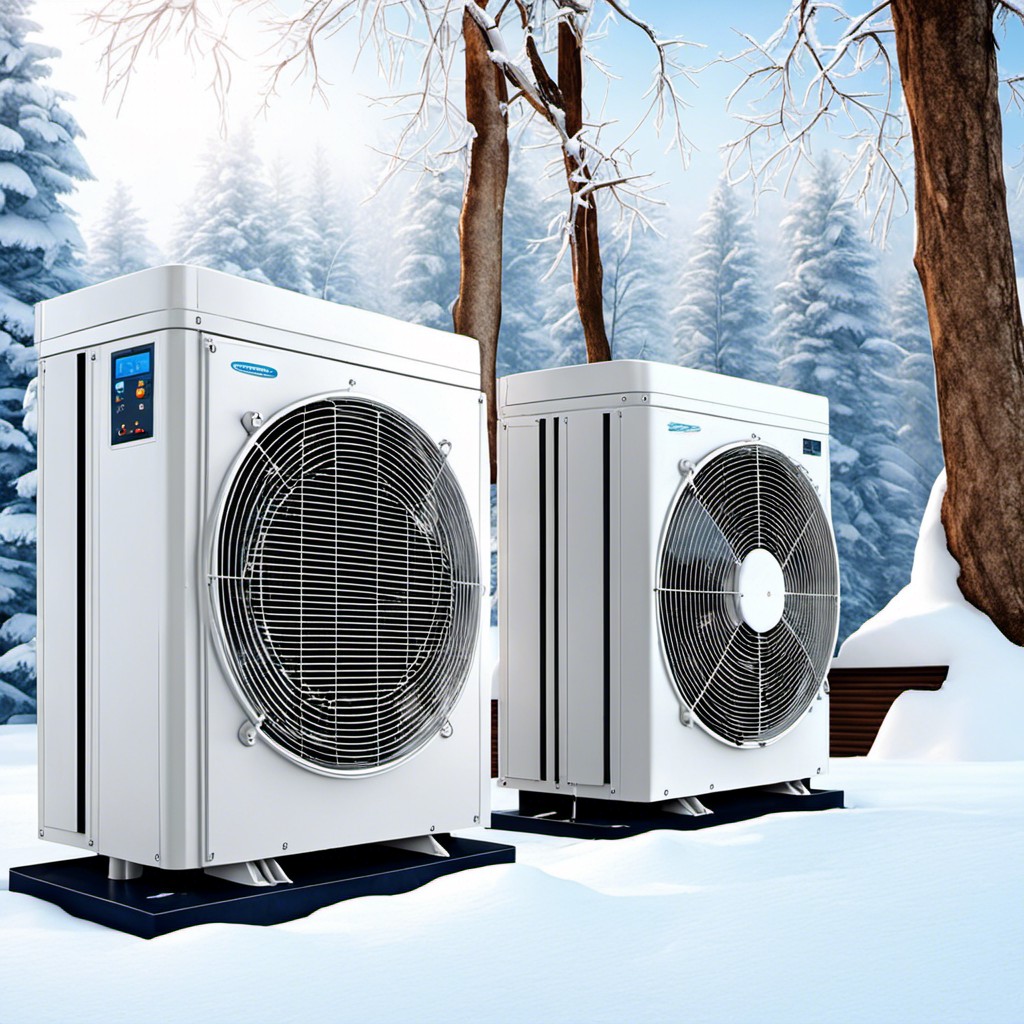
These pumps work by extracting heat from the outside air and transferring it indoors, providing efficient heating even when temperatures drop below freezing. They can also be used for cooling during warmer months.
One of the main benefits of cold climate heat pumps is their energy efficiency. They use less electricity than traditional electric heaters and can reduce your energy bills significantly over time.
They produce fewer greenhouse gas emissions compared to oil or propane-based systems.
Another advantage is that they require minimal maintenance compared to other types of heating systems since there are no combustion processes involved in their operation.
However, it’s important to note that cold climate heat pumps may not be suitable for all homes or climates as extreme weather conditions could affect their performance negatively. It’s essential to consult with a professional installer before making any decisions about installing one in your home.
Hybrid Heating Systems

These systems typically use a combination of an electric heat pump and a gas furnace, providing efficient and cost-effective heating throughout the year.
During milder weather conditions, the heat pump is used to provide warmth in your home. This system works by extracting heat from outside air or ground sources and transferring it inside your home.
When temperatures drop below freezing, however, hybrid systems switch over to using natural gas or propane furnaces for more reliable and consistent warmth.
One major advantage of hybrid heating is that it allows you to take advantage of lower electricity rates during off-peak hours while still having access to reliable backup fuel when needed. These types of systems can be customized based on your specific needs – whether you’re looking for maximum energy efficiency or simply want an affordable alternative that will keep you warm all winter long.
Radiant Floor Heating
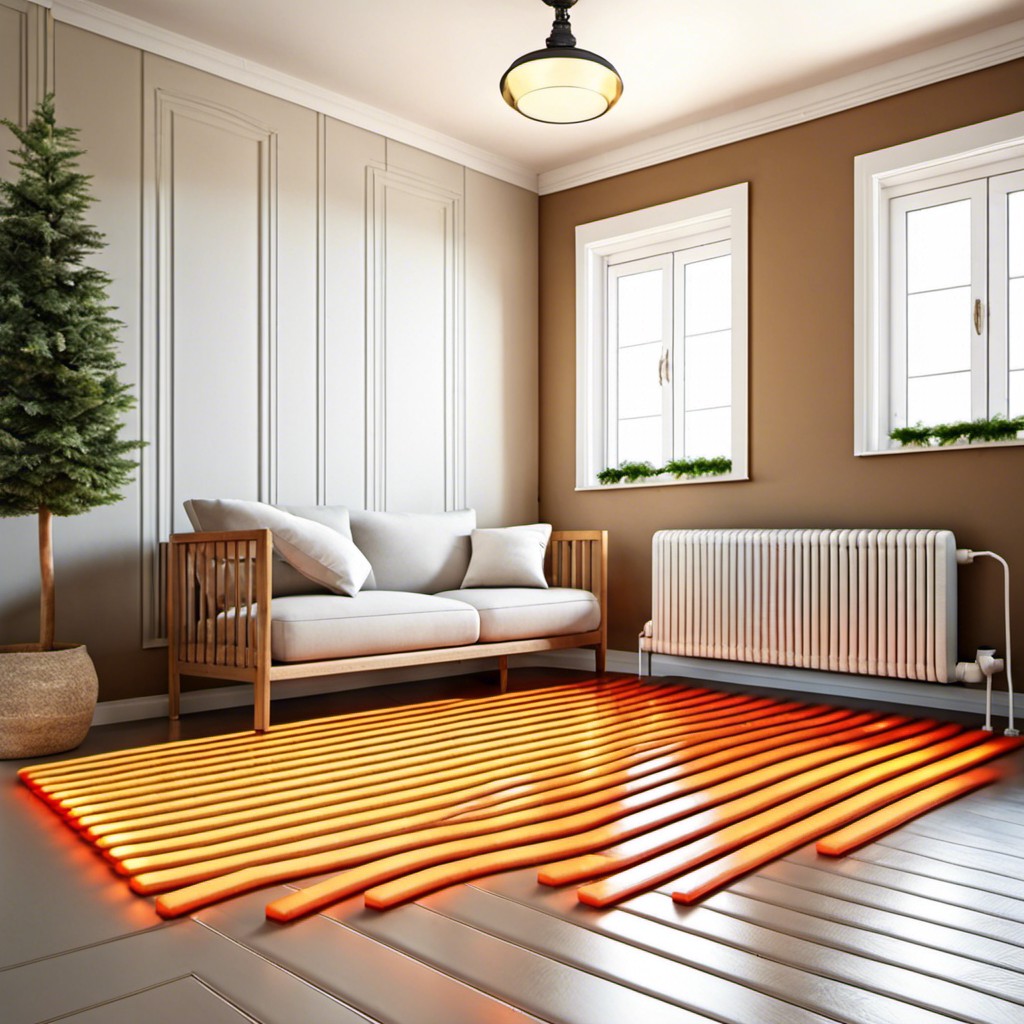
This type of system involves installing pipes or electric wires beneath the flooring, which then radiates heat upwards and warms the room from the ground up. Not only does this provide a more even distribution of heat throughout your home, but it also eliminates drafts and reduces allergens by not circulating air like forced-air systems do.
One major advantage of radiant floor heating is its energy efficiency. Because it heats objects rather than air, you can keep your thermostat at a lower temperature while still feeling warm and comfortable in your home.
Because there are no vents or ducts involved with this type of system, there’s less chance for energy loss through leaks or poor insulation.
While radiant floor heating may be more expensive to install initially compared to other alternatives such as wood-burning stoves or propane heaters; however over time they will save you money on utility bills due to their high efficiency rating.
Steam Heating Systems

These systems use a boiler to heat water and create steam that is then circulated through pipes and radiators throughout the home. Steam heating can be an efficient way to heat your home, but it does require regular maintenance.
One of the benefits of steam heating is that it provides consistent warmth throughout your home without any cold spots or drafts. The system also operates quietly and doesn’t blow around dust or allergens like forced-air systems do.
However, there are some downsides to consider before installing a steam system in your home. For one thing, these systems can be expensive upfront due to installation costs for piping and radiators.
They require regular maintenance such as draining sediment from the boiler tank periodically.
Efficiency Improvements for Existing Systems
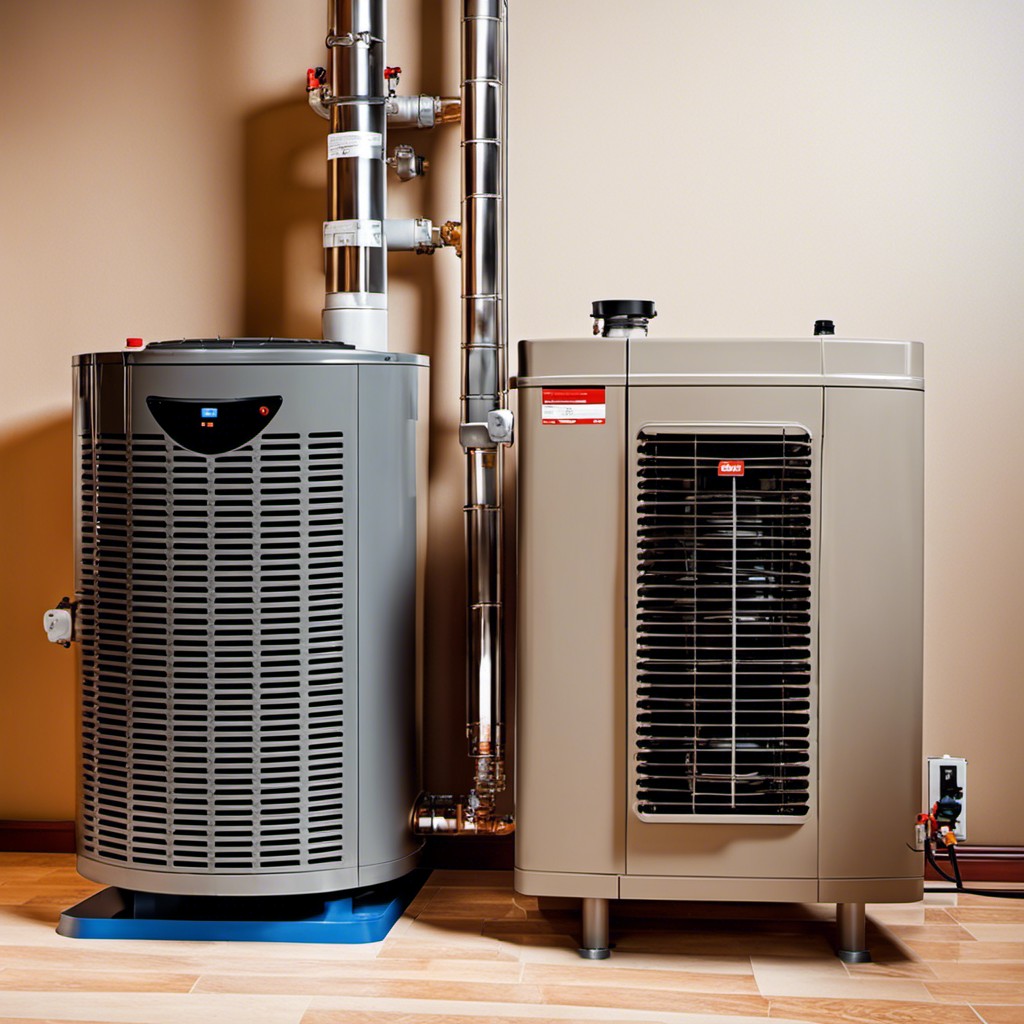
One of the most effective methods is upgrading insulation in walls, ceilings, and floors. Proper insulation helps retain heat inside the house for longer periods of time, reducing the need for constant heating.
Another way to increase efficiency is by installing a programmable thermostat that allows you to set different temperatures throughout the day based on when you’re home or away. This can save up to 10% on annual heating costs.
Regular maintenance such as cleaning air filters and ducts can also help improve efficiency by ensuring proper airflow throughout your home’s HVAC system.
Insulation for Heat Retention
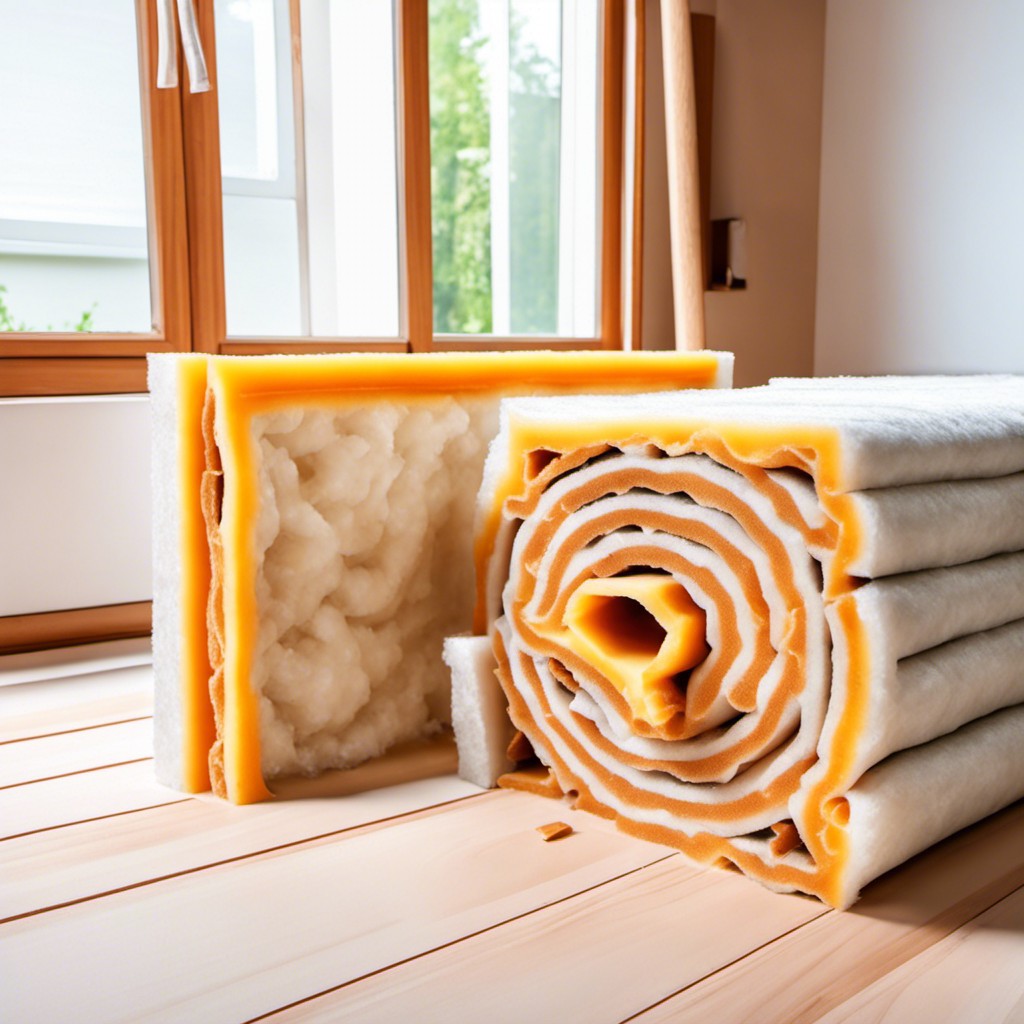
Without proper insulation, your home can lose up to 30% of its heat through the walls and roof. This not only leads to higher energy bills but also puts more strain on your heating system.
Fortunately, there are several ways you can improve insulation in your home without breaking the bank. One option is adding extra layers of insulation in the attic or walls using materials like fiberglass batts or blown-in cellulose.
Another option is sealing air leaks around windows and doors with weatherstripping or caulking.
If you’re looking for a more eco-friendly solution, consider using natural insulators like wool or recycled denim instead of traditional synthetic materials that may contain harmful chemicals.
Government Incentives and Programs

Many states offer rebates or tax credits for homeowners who switch to more energy-efficient heating systems. The federal government also offers a tax credit for certain types of renewable energy systems, such as solar panels and geothermal heat pumps.
It’s important to research what programs are available in your area before making any decisions about switching your home’s heating system. Some programs may require specific equipment or installation methods, so it’s essential to understand all requirements before investing in a new system.
By taking advantage of these incentives and programs, you can not only save money on your monthly utility bills but also contribute positively towards reducing carbon emissions that harm our planet.
Costs and Installation Considerations
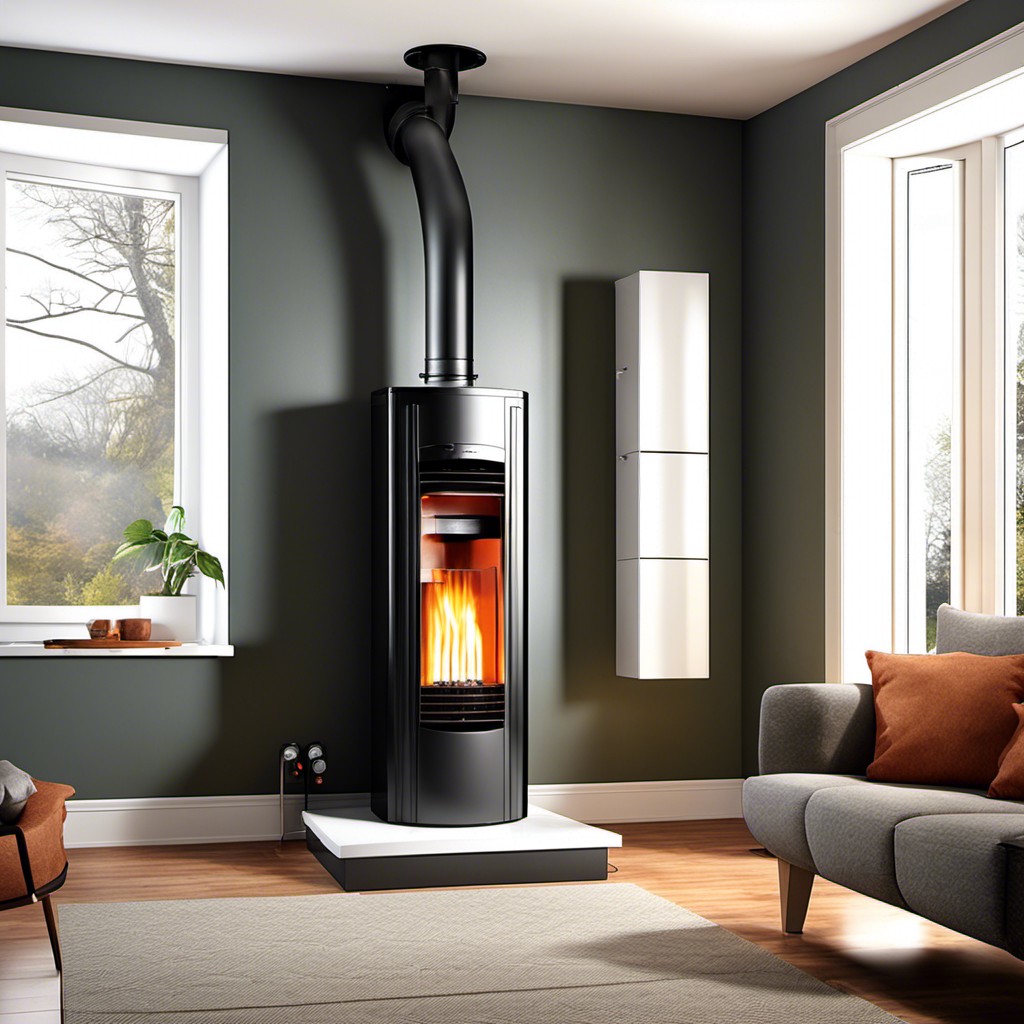
While some options may be more expensive upfront, they can save you money in the long run by reducing your energy bills. On the other hand, some systems may require a significant investment in infrastructure or equipment that could make them less feasible for certain homes.
For example, solar heating systems are becoming increasingly popular due to their low operating costs and minimal environmental impact. However, installing solar panels can be quite expensive initially and requires a lot of space on your roof or property.
Similarly, geothermal heat pumps are highly efficient but require drilling into the ground which can add significantly to installation costs. Natural gas heating systems offer an affordable option with lower emissions than oil but will require access to natural gas lines which not all areas have available.
It’s essential that you do thorough research before deciding on an alternative system as each home has unique requirements based on location and existing infrastructure. Consider consulting with professionals who specialize in these types of installations for advice tailored specifically for your situation.
Maintenance and Safety Tips
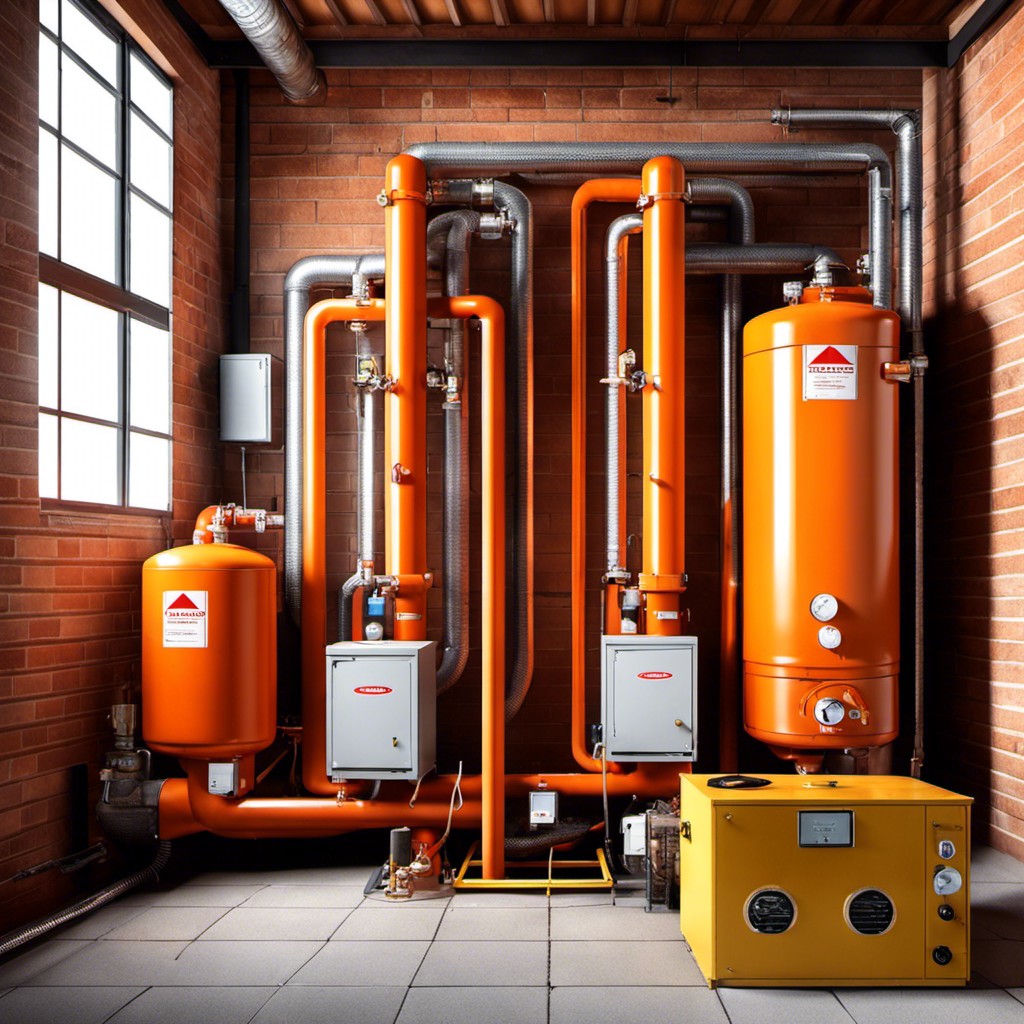
Neglecting these systems can lead to safety hazards or even costly repairs down the line.
For example, if you have a wood-burning stove or fireplace, make sure you clean out the chimney regularly to prevent buildup of creosote which could cause fires. Similarly, if you have an electric heating system or heat pump, check the air filters monthly for any dirt accumulation that could affect their efficiency.
It’s also essential to ensure proper ventilation in your home when using any type of combustion-based heating system like propane heaters. Carbon monoxide poisoning is a serious risk associated with these types of systems so installing CO detectors throughout your home is highly recommended.
FAQ
What is a cheaper alternative to oil heat?
A cheaper alternative to oil heat is utilizing natural gas or heat pumps, as they may be more cost-effective in the long run.
How can I heat my house without oil or gas?
One possible way to heat your house without oil or gas is by using solar heating and cooling systems, which utilize thermal energy from the sun through solar collectors, insulated piping, and a hot water storage tank.
Should I replace my oil heating system?
You should replace your oil heating system if it is 20 years old or older, its efficiency is 20% lower than when purchased and declining, or if it is not heating your home effectively.
What are some renewable energy options for residential heating?
Some renewable energy options for residential heating include solar thermal systems, geothermal heat pumps, biomass boilers, and air-source heat pumps.
What factors should be considered when transitioning from oil heating to an alternative source?
"Key factors to consider when transitioning from oil heating to an alternative source include cost, energy efficiency, environmental impact, ease of installation, and availability of fuel or energy resources."
How does the efficiency of alternative heating methods compare to oil heating?
Alternative heating methods, such as heat pumps and biomass, generally have higher efficiencies compared to oil heating, leading to energy savings and reduced emissions.
Recap
Liked this article? Here's what you can read next:
